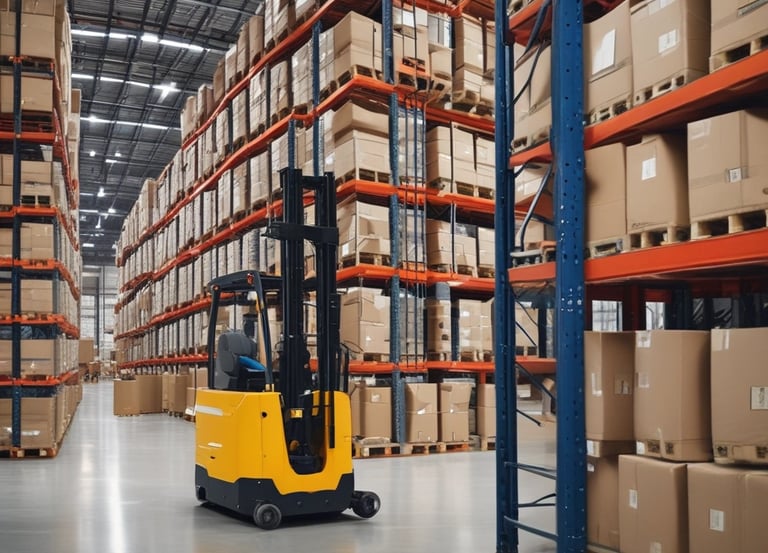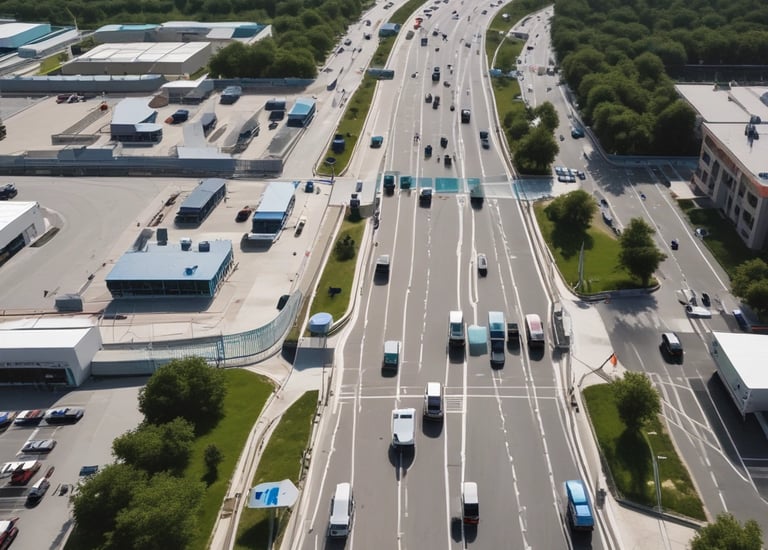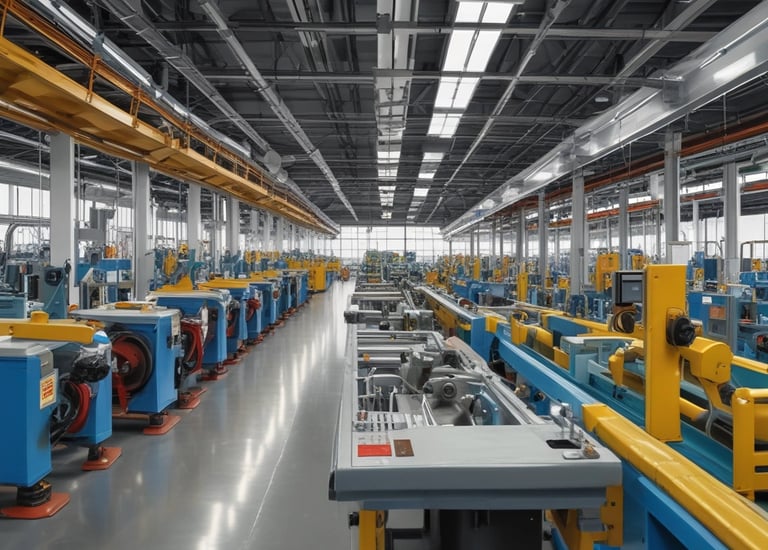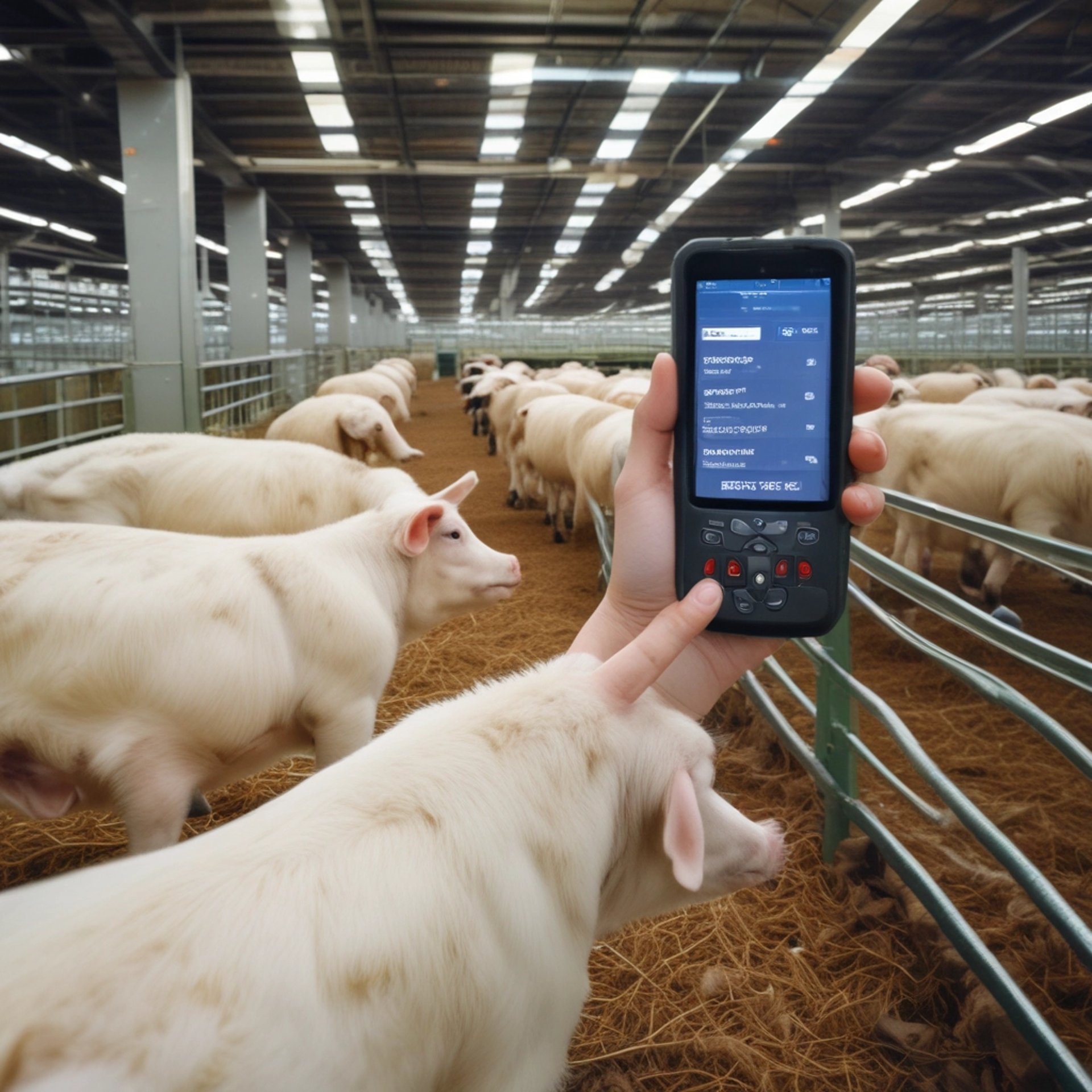Innovative RFID Solutions
Explore our cutting-edge RFID technology for various applications.


Access Control Systems
Secure your premises with advanced video door phones and fingerprint readers.
Passive RFID Readers
Utilize LF, HF, and UHF readers for efficient tracking and management.
Active RFID Technology
Enhance asset tracking with our 2.45GHz active RFID solutions.
Innovative Solutions
RFID technology has a wide range of applications and has penetrated many industries.
1. Supply Chain and Logistics Management
- Warehouse Inventory: Automatically identify goods tags to enable fast inventory counting, accurate recording of inbound and outbound goods. It replaces manual code scanning and improves efficiency.
- Cargo Tracking: In express delivery and freight transportation, RFID tags are used to track the real-time location and transportation status of packages/cargo, preventing loss or misdelivery.
2. Retail and Store Operations
- Merchandise Management: RFID tags are attached to clothing and supermarket goods, supporting quick stock checks and anti-theft (e.g., anti-theft in store fitting rooms, automatic identification and settlement at cash registers).
- Member Services: Integrate RFID into membership cards to enable fast point redemption, identify member identities and push personalized offers.
3. Manufacturing and Industrial Sectors
- Production Traceability: In the production of automobiles and electronic components, tags are attached to parts to record production links and quality inspection information, enabling full-process traceability and facilitating fault diagnosis.
- Asset Management: Label production equipment and tools to locate the real-time position and usage status of equipment, avoiding asset idleness or loss.
4. Public Services and Smart Cities
- Transportation: Applied in ETC (Electronic Toll Collection) and public transport cards to enable fast passage/payment; some cities use it for identity recognition and unlocking of shared bikes and shared cars.
- Document Management: Electronic passports and ID cards have built-in RFID chips to store personal information, improving the efficiency of customs clearance (airports, ports) or identity verification.
- Waste Management: Attach RFID tags to trash bins, and garbage trucks scan codes to record the time and location of garbage collection, enabling waste classification traceability and refined management.
5. Healthcare Sector
- Pharmaceutical Management: Label drug packages to record production batches and expiration dates. Hospitals can quickly verify drug information to avoid expired drugs or wrong drug distribution.
- Patient and Equipment Management: Label patient wristbands and medical equipment (e.g., surgical instruments, wheelchairs) to track the real-time location of patients and the usage and disinfection status of equipment.
6. Agriculture and Food Sector
- Agricultural Product Traceability: From planting (e.g., rice, fruits and vegetables) to processing and sales, RFID is used to record growth environment, fertilization and pesticide application information, and logistics routes. Consumers can scan codes to query the source of food.
- Livestock Breeding: Equip livestock (cattle, pigs) with RFID ear tags to record breed and epidemic prevention information, enabling disease traceability and breeding management.


Active RFID readers and tags
long-distance identification (200m coverage), strong anti-interference, and stable transmission, 5.8G 200m active RFID is well-suited for scenarios requiring large-range and dynamic tracking.






Passive RFID
Efficient tracking with passive RFID technology.LF/HF/UHF RFID


RFID Technology Insights
What is RFID technology?
RFID stands for Radio-Frequency Identification, a wireless technology that uses radio waves to identify, track, or authenticate objects (or people) equipped with small electronic devices called RFID tags.
How does RFID work?
RFIt typically consists of three core components:
- RFID Tags: Small devices that store data (e.g., product info, ID numbers). They are divided into two main types: passive tags (no built-in battery, powered by the reader’s radio signals, low-cost and long-lasting) and active tags (with a battery, support long-distance identification, suitable for dynamic tracking).
- RFID Readers: Devices that emit radio waves to communicate with RFID tags, read tag data, or write new data to tags.
- Backend System: A software/hardware platform that processes, stores, and analyzes the data collected by readers, enabling functions like inventory management, traceability, or access control.
What are the RFID types?
1. Passive RFID
2. Active RFID
3. Semi-Passive RFID
What industries use RFID?
RFID is widely used in industries such as supply chain logistics, retail, healthcare, and smart cities—for example, tracking cargo, managing store inventory, or verifying passports at airports.
Is RFID secure?
RFID can be secure, but proper encryption and access controls are essential to protect sensitive data.
